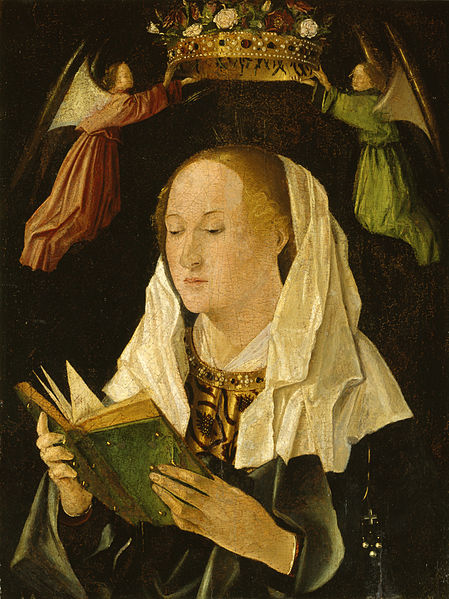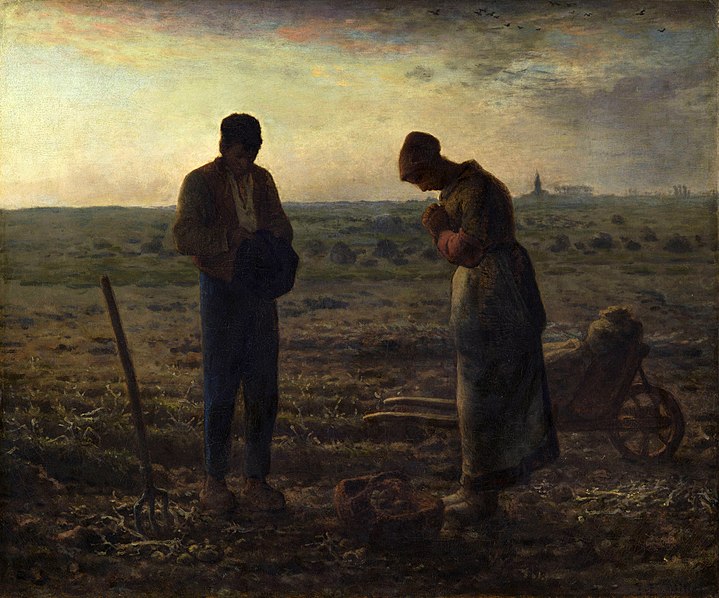 |
| The Virgin Mary Reading by Walters. Here are the posts from 2013 she might recommend to you. |
'Tis the season for reviewing the old year. How did you advance towards God this year? Do you remember those blog posts that really struck you at the time, or have you forgotten them? Here are some reminders of how you can grow closer to Christ, taken from my blog posts over the past year.
1. Read the Gospels
If you want to advance towards God, you must learn to love Him. Read what He revealed about Himself. Need more motivation to read Scripture?
Here are 10 Reasons Catholics should read the Bible.
2. Stop making excuses for missing prayer
You’re not going to grow closer to Christ if you aren’t willing to make sacrifices to spend time with Him.
Read 7 Ways to make time for prayer.
3. Ponder God’s Word in your heart
This follows from #s 1 and 2. It’s a particularly Carmelite way of honoring Mary.
See Mary pondered all these things–do you?
4. Choose to become a saint
St. Thomas Aquinas told his sister that the way to become a saint is to will it.
See the details: Can you become a saint by sheer will power?
Read the rest of the list at Contemplative Homeschool.




